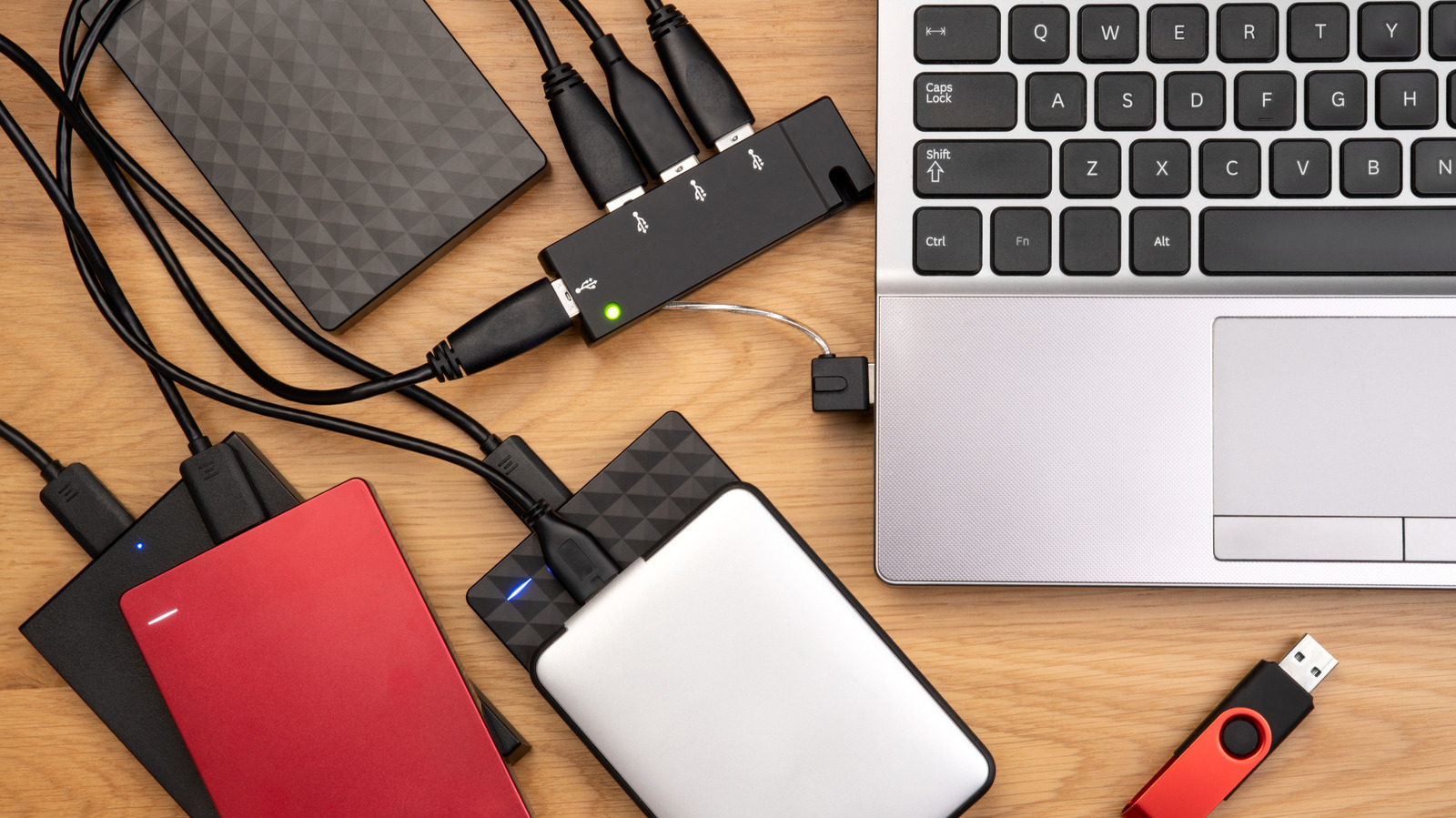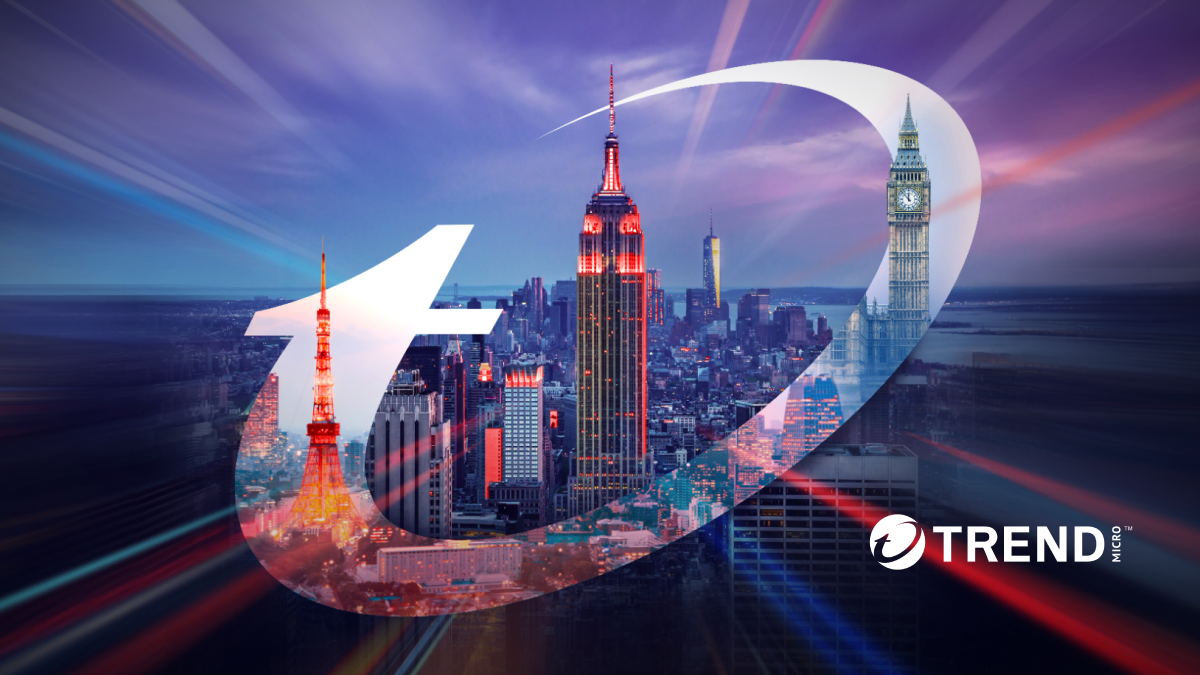As it faces a growing number of lawsuits alleging it helps facilitate child sexual exploitation, online gaming platform Roblox has unveiled a new age verification system. That system, however, could open it up to a different sort of criticism.
The popular app, which has roughly 151 million users, announced last week that it plans to require a facial age check for all users who utilize the Roblox chat system. User verification can be accomplished by either submitting a government ID or by submitting a selfie, which AI will examine to estimate the age of the user.
The verification will begin rolling out in early December in select markets (which do not include the US) and expand globally in January 2026.
“This initiative is designed to provide even more age-appropriate experiences for all users, which we believe will improve interactions for users of all ages on Roblox,” Roblox Chief Safety Officer Matt Kaufman said in a statement. “Enforcing age checks allows us to implement age-based chat, which helps users better understand who they’re communicating with and limits chat between minors and adults.”
Roblox is facing at least 35 lawsuits that allege users met and abused children on the platform. (More than one third of the platform’s users are under the age of 13.) Attorneys general in Kentucky and Louisiana filed separate lawsuits accusing the company of harming children earlier this year. And a California judge, earlier this month, denied Roblox’s attempt to force one father’s dispute into a private resolution.
Roblox already has parental controls and blocks photo sharing and the exchange of personal information. It also uses a mix of human and AI to moderate text and voice interactions.
Under the new system, though, users who verify their age will only be allowed to chat with others in a similar age range (unless they are classified a “Trusted Connection” with people they know). Those age groups will be broken into six categories: Under 9, 9-12, 13-15, 16-17, 18-20, or 21+. (Chat will not be offered to users under nine years old, unless a parent provides consent after an age check.)
Because families have kids of all ages, Roblox says it will soon roll out solutions for direct chat between parents and children younger than 13 or between siblings in different age groups.
Submitting age verification is still optional, but will be required for any user who wishes to utilize the system’s chat feature, which is a popular component with users.
Roblox says submitted selfies will be completed through the app using a smartphone’s camera. It also tried to get ahead of possible security concerns, saying “images and video for age checks completed through Facial Age Estimation are processed by our vendor, Persona, and deleted immediately after processing.”
Still, some parents could be wary of letting their young children submit photos to the company, given the number of lawsuits and the polarizing nature of facial recognition.
In 2021, Facebook abandoned its facial recognition program, which suggested name tags for people in pictures, following privacy watchdog warnings and European Union regulators cracking down on the practice. (The company brought back facial recognition tools last year to assist with reclaiming compromised accounts.)
Even Senate Republicans have expressed wariness over facial recognition software, proposing a limit on that technology in US airports (though the bill has not found momentum so far). “Folks don’t want a national surveillance state, but that’s exactly what the TSA’s unchecked expansion of facial recognition technology is leading us to,” said Oregon’s Democratic Senator.
Jeff Merkley, a co-sponsor, in May.
Roblox says its age checks won’t stop with the current program. Early next year it will require age checks to access social media links on user profiles, communities and experience details pages.
The final deadline for Fast Company’s World Changing Ideas Awards is Friday, December 12, at 11:59 pm PT. Apply today.











